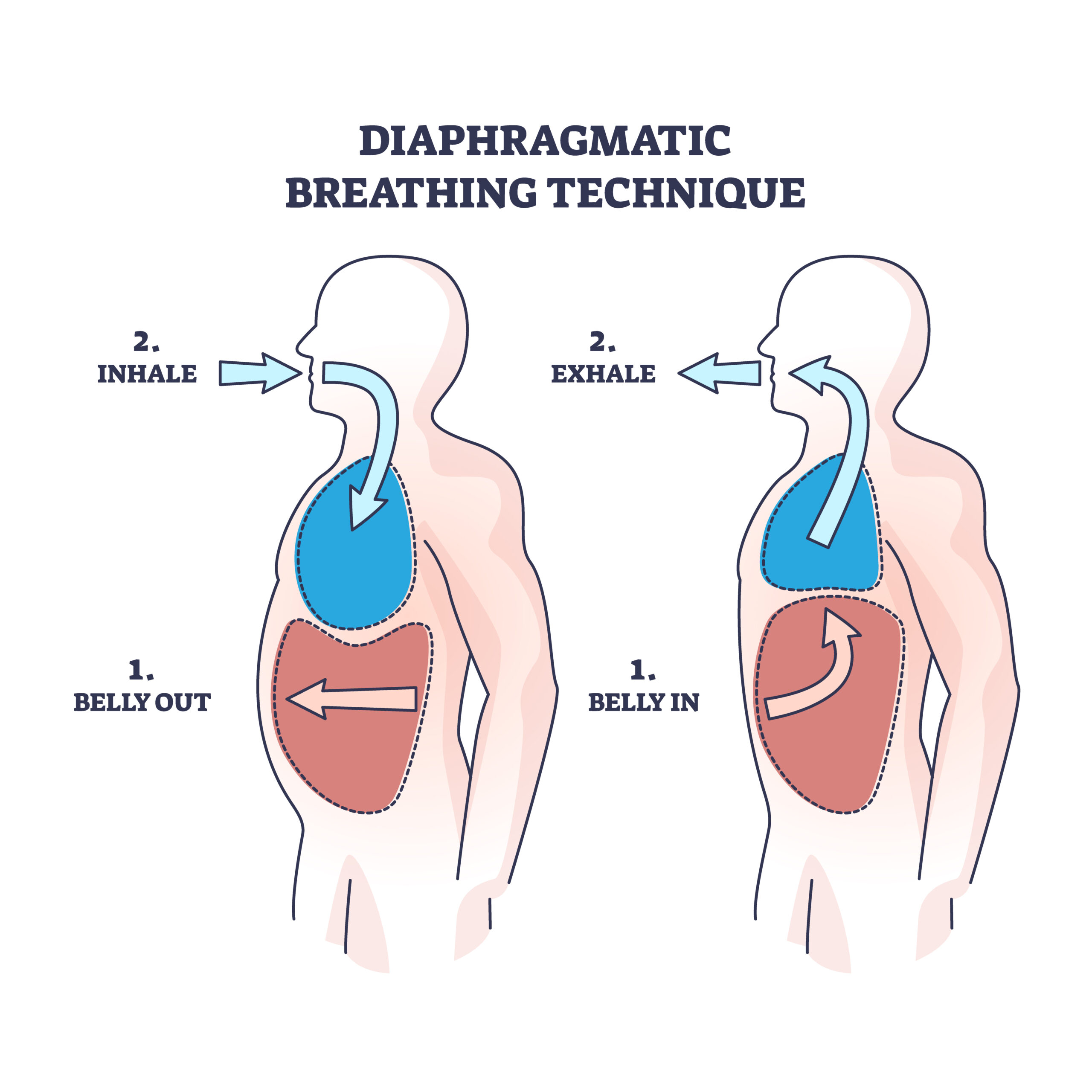What Foods Can Cause Your Heart to Skip a Beat?
Heart palpitations, characterized by a heart that seems to skip a beat, flutter, or beat irregularly, can be a startling experience. While they are usually harmless and often related to stress or anxiety, certain foods and dietary habits can also trigger these sensations. Understanding which foods might cause your heart to feel like it’s skipping a beat is crucial for those seeking to manage this unsettling symptom.
Caffeine is one of the most common culprits behind heart palpitations. Found in coffee, tea, chocolate, and many soft drinks and energy drinks, caffeine stimulates the nervous system and can cause the heart to beat more rapidly or irregularly. This stimulant increases the release of adrenaline in the body, which not only boosts energy but can also increase your heart rate and blood pressure, leading to palpitations. People with sensitivity to caffeine or who consume it in large amounts are more likely to experience these effects.
Another significant trigger is high-sodium foods. Consuming a large amount of sodium can lead to water retention, which increases blood volume and subsequently raises blood pressure. The added strain on the heart can cause it to beat more forcefully or irregularly. Common high-sodium items include processed foods like deli meats, canned soups, pizza, and snacks like chips and pretzels. Reducing sodium intake can help manage blood pressure and decrease the likelihood of palpitations.
Sugar and high-carbohydrate foods can also play a role in heart palpitations. When you consume sugary foods or simple carbohydrates, your blood sugar levels spike rapidly. To manage this, the body releases insulin, which can lead to a sudden drop in blood sugar levels (hypoglycemia). This drop can cause palpitations as part of the body’s response to perceived stress. Foods that can cause these fluctuations include candies, sodas, pastries, and other high-sugar snacks.
Alcohol is another potential trigger. It can cause dehydration and electrolyte imbalances, both of which can affect heart rhythms. Furthermore, alcohol can interfere with the heart’s electrical signals and increase adrenaline levels in the body, contributing to palpitations. Heavy or binge drinking is particularly likely to cause this effect, though some individuals may experience palpitations even with moderate consumption.
Tyramine, an amino acid found in aged and fermented foods, can influence heart rate and blood pressure. Foods high in tyramine include aged cheeses, cured meats, tofu, soy sauce, and certain wines. For some people, especially those taking certain medications such as monoamine oxidase inhibitors (MAOIs), consuming high-tyramine foods can lead to palpitations among other cardiovascular effects.
Monosodium glutamate (MSG), a flavor enhancer commonly added to food, can cause adverse reactions in some people, including heart palpitations. Found in many processed and fast foods, MSG can trigger palpitations by causing rapid heartbeats and chest pain in sensitive individuals.
Furthermore, certain food additives and preservatives may also lead to palpitations. These include but are not limited to nitrates and nitrites used in curing meats, as well as artificial sweeteners like aspartame. Being aware of these substances and reading food labels can help individuals avoid or limit their intake and potentially reduce episodes of palpitations.
In conclusion, if you experience heart palpitations, it may be worthwhile to examine your dietary habits. Foods and substances such as caffeine, sodium, sugar, alcohol, tyramine, MSG, and certain additives can trigger palpitations. However, because palpitations can also be a sign of a more serious heart condition, especially if accompanied by dizziness, shortness of breath, or chest pain, it is important to discuss these symptoms with a healthcare provider. Managing diet is just one aspect of heart health, and identifying and treating any underlying conditions should always be a priority. By understanding how certain foods affect your heart rhythm, you can make more informed choices to support your cardiovascular health.









